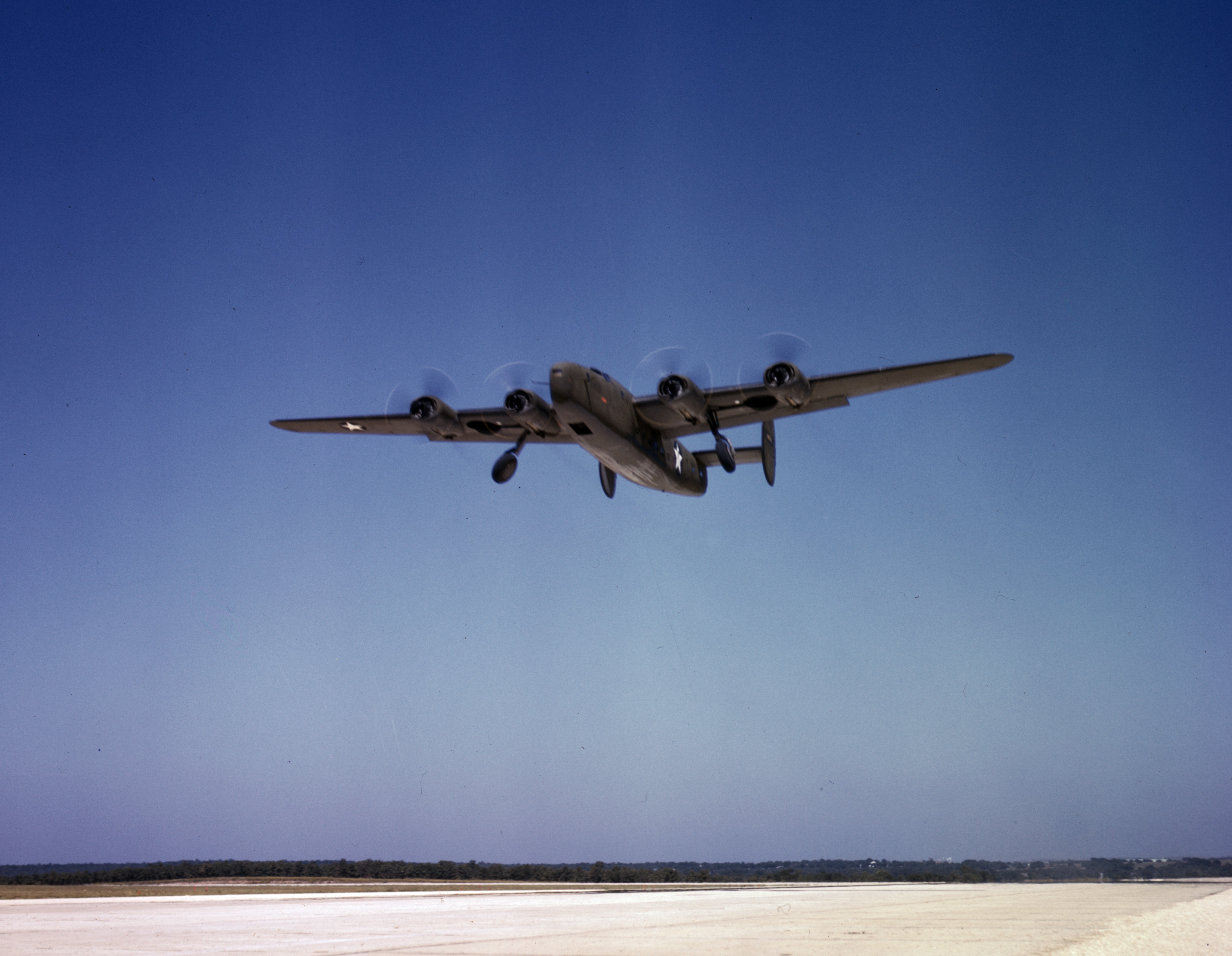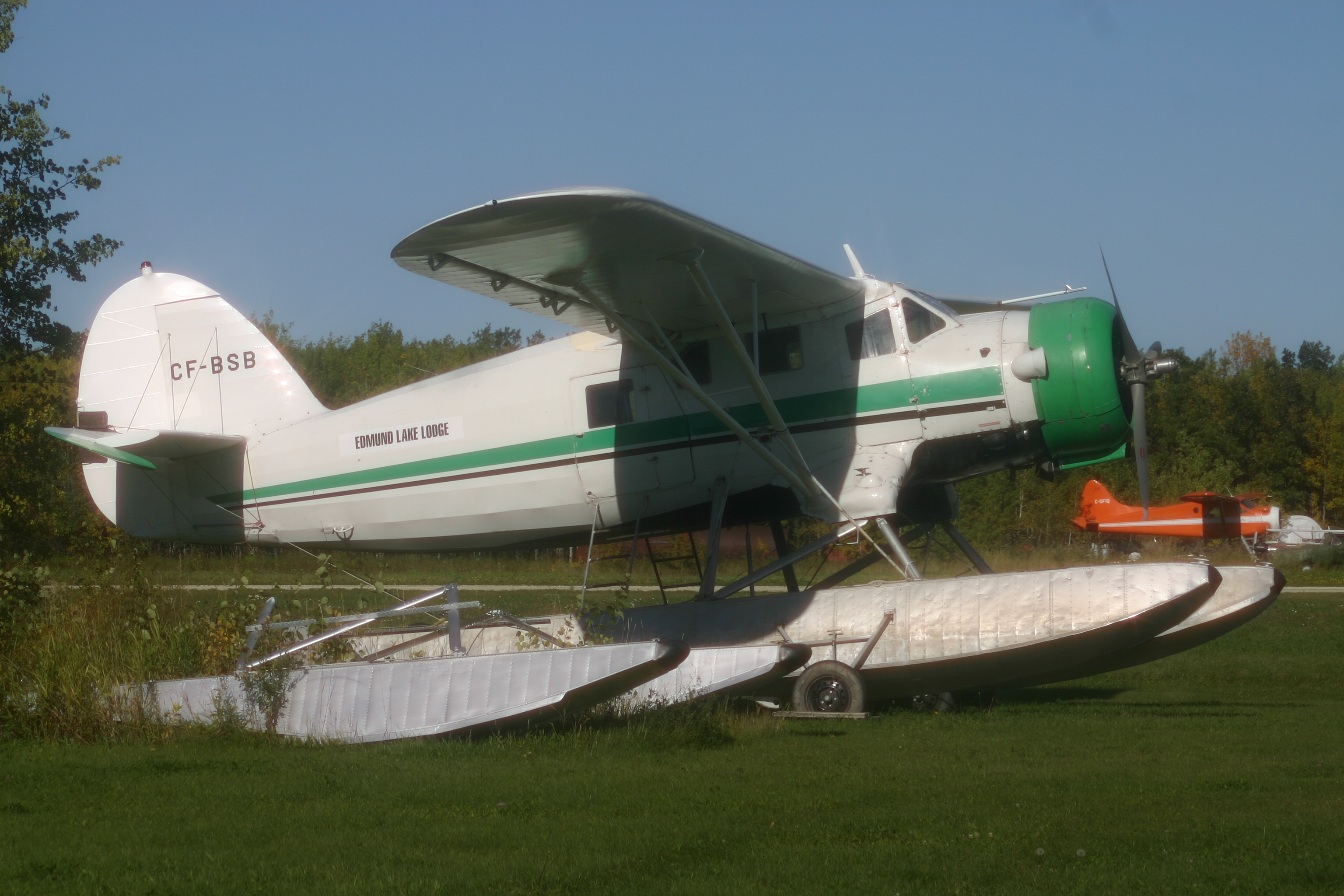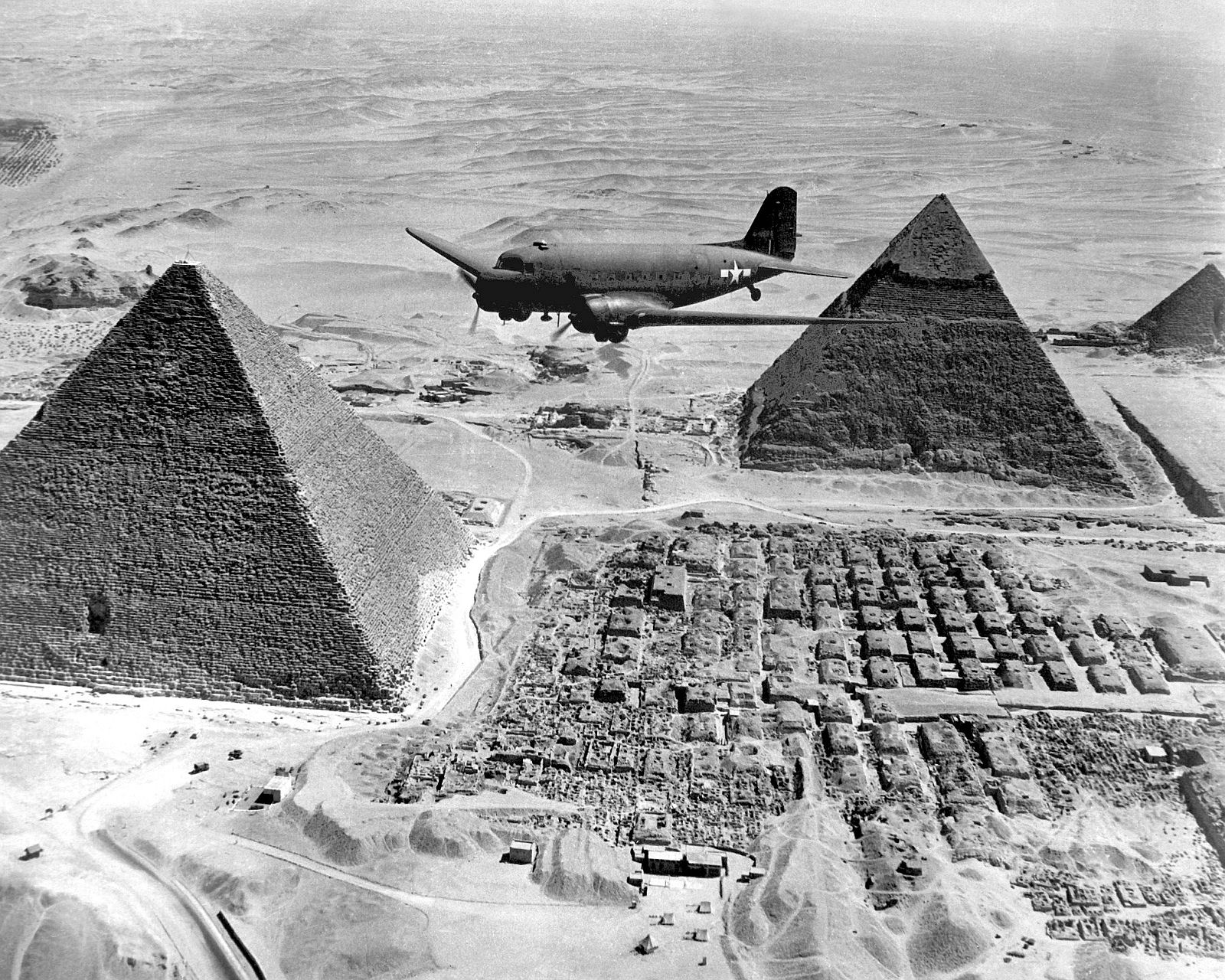|
302d Air Division
The 302d Air Division is an inactive United States Air Force Division. Its last assignment was with Fourteenth Air Force at Marietta Air Force Base, Georgia, where it was inactivated on 27 June 1949. ' During World War II, as the 302d Transport Wing the unit provided logistical airlift support for United States Strategic Air Forces. It was reactivated as a reserve headquarters in 1946, and was inactivated in 1949 when reserve units converted to the Hobson Plan, wing base organization and budget restrictions reduced the size of the Air Force. History World War II The Air Division (United States), division was first activated as the 302d Transport Wing in December 1943, but remained a paper unit until 6 July 1944 when organization of the wing headquarters began. It was not until September that the wing's flying groups were assigned, although the wing assumed operational control of the 31st Transport Group upon organization of wing headquarters.Maguire, p. 15 The 27th Air Transp ... [...More Info...] [...Related Items...] OR: [Wikipedia] [Google] [Baidu] |
Continental Air Command
Continental Air Command (ConAC) (1948–1968) was a Major Command of the United States Air Force (USAF) responsible primarily for administering the Air National Guard and Air Force Reserve. During the Korean War, ConAC provided the necessary augmentation to the regular Air Force while it rebuilt itself under wartime conditions. Later, during the 1950s, it was a training force for reservists with no prior military service. ConAC provided peacetime airlift missions for the Air Force. It was mobilized twice in 1961 and 1962 by president Kennedy for the Berlin and Cuban Missile Crisis. Lastly, it was used by president Lyndon B. Johnson for airlift operations into the Dominican Republic and South Vietnam. It was inactivated in 1968 and replaced by Headquarters, Air Force Reserve (AFRES). History Origins After the end of World War II, the Truman Administration was determined to bring the Federal budget back into balance. An enormous deficit had built up, so expenditure was cut, re ... [...More Info...] [...Related Items...] OR: [Wikipedia] [Google] [Baidu] |
Materiel
Materiel (; ) refers to supplies, equipment, and weapons in military supply-chain management, and typically supplies and equipment in a commercial supply chain context. In a military context, the term ''materiel'' refers either to the specific needs (excluding manpower) of a force to complete a specific mission, or the general sense of the needs (excluding manpower) of a functioning army. An important category of materiel is commonly referred to as ordnance, especially concerning mounted guns (artillery) and the shells it consumes. Along with fuel, and munitions in general, the steady supply of ordnance is an ongoing logistic challenge in active combat zones. Materiel management consists of continuing actions relating to planning, organizing, directing, coordinating, controlling, and evaluating the application of resources to ensure the effective and economical support of military forces. It includes provisioning, cataloging, requirements determination, acquisition, distri ... [...More Info...] [...Related Items...] OR: [Wikipedia] [Google] [Baidu] |
Consolidated C-109 Liberator Express
The Consolidated C-87 Liberator Express was a transport derivative of the B-24 Liberator heavy bomber built during World War II for the United States Army Air Forces. A total of 287 C-87s were officially delivered from Consolidated Aircraft plant in Fort Worth, Texas. The plant also developed and delivered a USAAF flight engineer trainer designated as the AT-22. The AAF C-87A was an executive transport version of the C-87. The United States Navy VIP transport designated as the RY. The last development was a Navy contracted, single tail version with an extended fuselage. Built in San Diego, its USN designation was RY-3 and the AAF had order the design as the C-87C. Those were cancelled and allotted to a Royal Air Force VIP transport designated as the Liberator C.IX In contrast, the C-109 Liberator was a fuel-transport converted from existing B-24 Bombers.https://web.archive.org/web/20090304014706/http://home.att.net/~jbaugher2/b24_27.html Consolidated C-109 Design and deve ... [...More Info...] [...Related Items...] OR: [Wikipedia] [Google] [Baidu] |
North American P-51 Mustang
The North American Aviation P-51 Mustang is an American long-range, single-seat fighter and fighter-bomber used during World War II and the Korean War, among other conflicts. The Mustang was designed in April 1940 by a team headed by James H. Kindelberger of North American Aviation (NAA) in response to a requirement of the British Purchasing Commission. The Purchasing Commission approached North American Aviation to build Curtiss P-40 fighters under license for the Royal Air Force (RAF). Rather than build an old design from another company, North American Aviation proposed the design and production of a more modern fighter. The prototype NA-73X airframe was rolled out on 9 September 1940, 102 days after the contract was signed, and first flew on 26 October. The Mustang was designed to use the Allison V-1710 engine, which had limited high-altitude performance in its earlier variants. The aircraft was first flown operationally by the RAF as a tactical-reconnaissance aircraft ... [...More Info...] [...Related Items...] OR: [Wikipedia] [Google] [Baidu] |
Douglas A-20 Havoc
The Douglas A-20 Havoc (company designation DB-7) is an American medium bomber, attack aircraft, night intruder, night fighter, and reconnaissance aircraft of World War II. Designed to meet an Army Air Corps requirement for a bomber, it was ordered by France for their air force before the USAAC decided it would also meet their requirements. French DB-7s were the first to see combat; after the fall of France, the bomber served with the Royal Air Force under the service name Boston. From 1941, night fighter and intruder versions were given the service name Havoc. In 1942 USAAF A-20s saw combat in North Africa. It served with several Allied air forces, principally the United States Army Air Forces (USAAF), the Soviet Air Forces (''VVS''), Soviet Naval Aviation (''AVMF''), and the Royal Air Force (RAF) of the United Kingdom. A total of 7,478 aircraft were built, of which more than a third served with Soviet units. It was also used by the air forces of Australia, South Africa, F ... [...More Info...] [...Related Items...] OR: [Wikipedia] [Google] [Baidu] |
Martin B-26 Marauder
The Martin B-26 Marauder is an American twin-engined medium bomber that saw extensive service during World War II. The B-26 was built at two locations: Baltimore, Maryland, and Omaha, Nebraska, by the Glenn L. Martin Company. First used in the Pacific Theater of World War II in early 1942, it was also used in the Mediterranean Theater and in Western Europe. After entering service with the United States Army aviation units, the aircraft quickly received the reputation of a " widowmaker" due to the early models' high accident rate during takeoffs and landings. This was because the Marauder had to be flown at precise airspeeds, particularly on final runway approach or when one engine was out. The unusually high 150 mph (241 km/h) speed on short final runway approach was intimidating to many pilots who were used to much slower approach speeds, and when they slowed to speeds below those stipulated in the manual the aircraft would often stall and crash.Ethell 1995, p. 2 ... [...More Info...] [...Related Items...] OR: [Wikipedia] [Google] [Baidu] |
Noorduyn UC-64 Norseman
The Noorduyn Norseman, also known as the C-64 Norseman, is a Canadian single-engine bush plane designed to operate from unimproved surfaces. Distinctive stubby landing gear protrusions from the lower fuselage make it easily recognizable. Introduced in 1935, the Norseman remained in production for almost 25 years with over 900 produced. A number of examples remain in commercial and private use to this day. Norseman aircraft are known to have been registered and/or operated in 68 countries and also have been based and flown in the Arctic and Antarctic regions. Design and development Designed by Robert B.C. Noorduyn, the Noorduyn Norseman was produced from 1935 to 1959, originally by Noorduyn Aircraft Ltd. and later by the Canadian Car and Foundry company. With the experience of working on many ground-breaking designs at Fokker, Bellanca and Pitcairn-Cierva, Noorduyn decided to create his own design in 1934, the Noorduyn Norseman. Along with his colleague, Walter Clayton, No ... [...More Info...] [...Related Items...] OR: [Wikipedia] [Google] [Baidu] |
Douglas C-47 Skytrain
The Douglas C-47 Skytrain or Dakota ( RAF, RAAF, RCAF, RNZAF, and SAAF designation) is a military transport aircraft developed from the civilian Douglas DC-3 airliner. It was used extensively by the Allies during World War II and remained in front-line service with various military operators for many years.Parker 2013, pp. 13, 35, 37, 39, 45-47. Design and development The C-47 differed from the civilian DC-3 by way of numerous modifications, including being fitted with a cargo door, hoist attachment and strengthened floor - along with a shortened tail cone for glider-towing shackles, and an astrodome in the cabin roof.Wilson, Stewart. ''Aircraft of WWII''. Fyshwick, ACT, Australia: Aerospace Publications Pty Ltd., 1998. . During World War II, the armed forces of many countries used the C-47 and modified DC-3s for the transport of troops, cargo, and wounded. The U.S. naval designation was R4D. More than 10,000 aircraft were produced in Long Beach and Santa Monica, Califo ... [...More Info...] [...Related Items...] OR: [Wikipedia] [Google] [Baidu] |
Air Transport Command
Air Transport Command (ATC) was a United States Air Force unit that was created during World War II as the strategic airlift component of the United States Army Air Forces. It had two main missions, the first being the delivery of supplies and equipment between the United States and the overseas combat theaters; the second was the ferrying of aircraft from the manufacturing plants in the United States to where they were needed for training or for operational use in combat. ATC also operated a worldwide air transportation system for military personnel. Inactivated on 1 June 1948, Air Transport Command was the precursor to what became the Military Air Transport Service in 1948 and was redesignated Military Airlift Command (MAC) in 1966. It was consolidated with MAC in 1982, providing a continuous history of long range airlift through 1992 when the mission was transferred to today's Air Mobility Command. History By no means least among the achievements of the Army Air Forces ... [...More Info...] [...Related Items...] OR: [Wikipedia] [Google] [Baidu] |
Consolidated B-24 Liberator
The Consolidated B-24 Liberator is an American heavy bomber, designed by Consolidated Aircraft of San Diego, California. It was known within the company as the Model 32, and some initial production aircraft were laid down as export models designated as various LB-30s, in the Land Bomber design category. At its inception, the B-24 was a modern design featuring a highly efficient shoulder-mounted, high aspect ratio Davis wing. The wing gave the Liberator a high cruise speed, long Range (aeronautics), range and the ability to carry a heavy Aerial bomb, bomb load. Early Royal Air Force, RAF Liberators were the first aircraft to cross the Atlantic Ocean as a matter of routine. In comparison with its contemporaries, the B-24 was relatively difficult to fly and had poor low-speed performance; it also had a lower Ceiling (aeronautics), ceiling and was less robust than the Boeing B-17 Flying Fortress. While Aircrew#Military, aircrews tended to prefer the B-17, General Staff favored the ... [...More Info...] [...Related Items...] OR: [Wikipedia] [Google] [Baidu] |
Boeing B-17 Flying Fortress
The Boeing B-17 Flying Fortress is a four-engined heavy bomber developed in the 1930s for the United States Army Air Corps (USAAC). Relatively fast and high-flying for a bomber of its era, the B-17 was used primarily in the European Theater of Operations and dropped more bombs than any other aircraft during World War II. It is the third-most produced bomber of all time, behind the four-engined Consolidated B-24 Liberator and the multirole, twin-engined Junkers Ju 88. It was also employed as a transport, antisubmarine aircraft, drone controller, and search-and-rescue aircraft. In a USAAC competition, Boeing's prototype Model 299/XB-17 outperformed two other entries but crashed, losing the initial 200-bomber contract to the Douglas B-18 Bolo. Still, the Air Corps ordered 13 more B-17s for further evaluation, then introduced it into service in 1938. The B-17 evolved through numerous design advances but from its inception, the USAAC (later, the USAAF) promoted the aircr ... [...More Info...] [...Related Items...] OR: [Wikipedia] [Google] [Baidu] |




.jpg)





